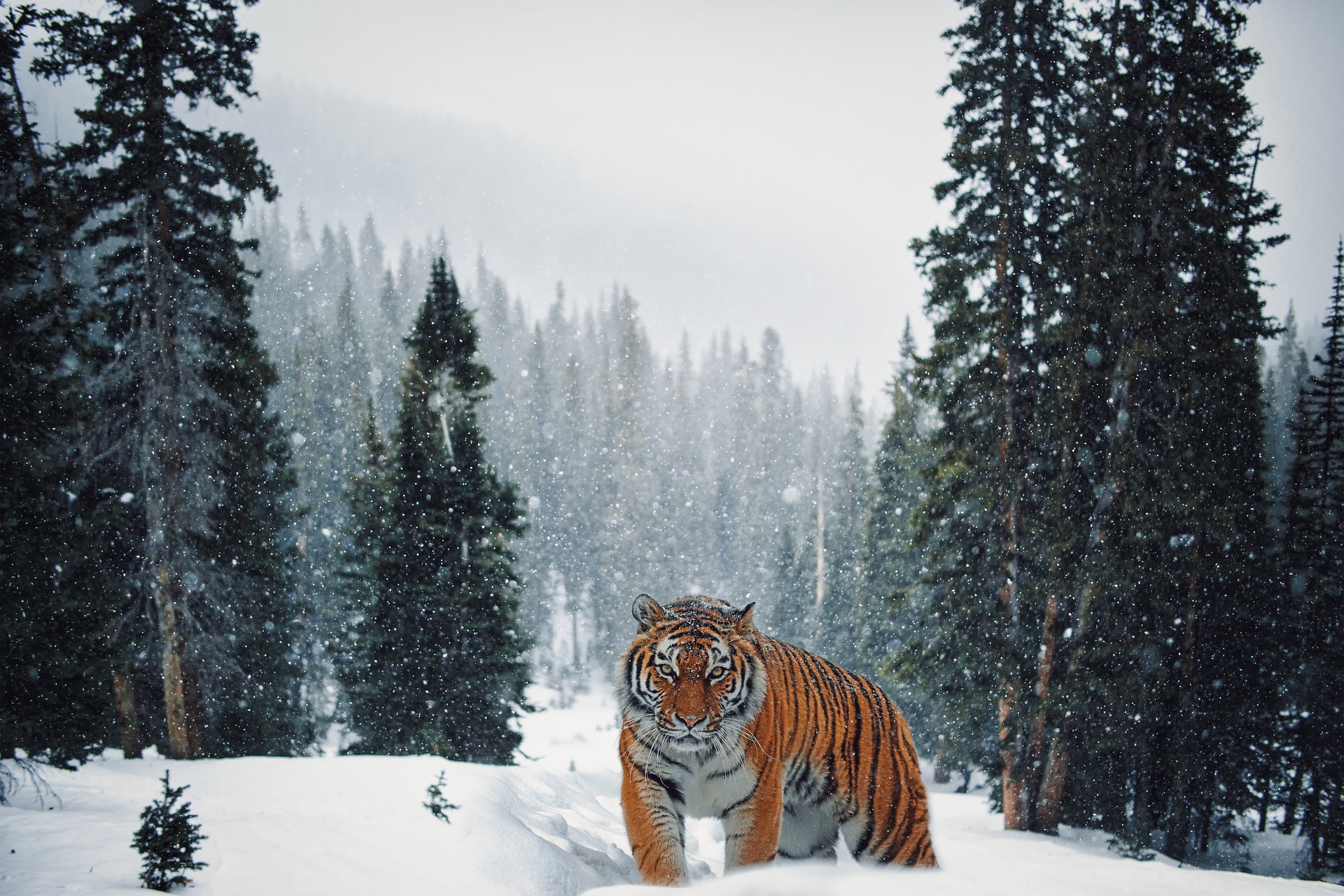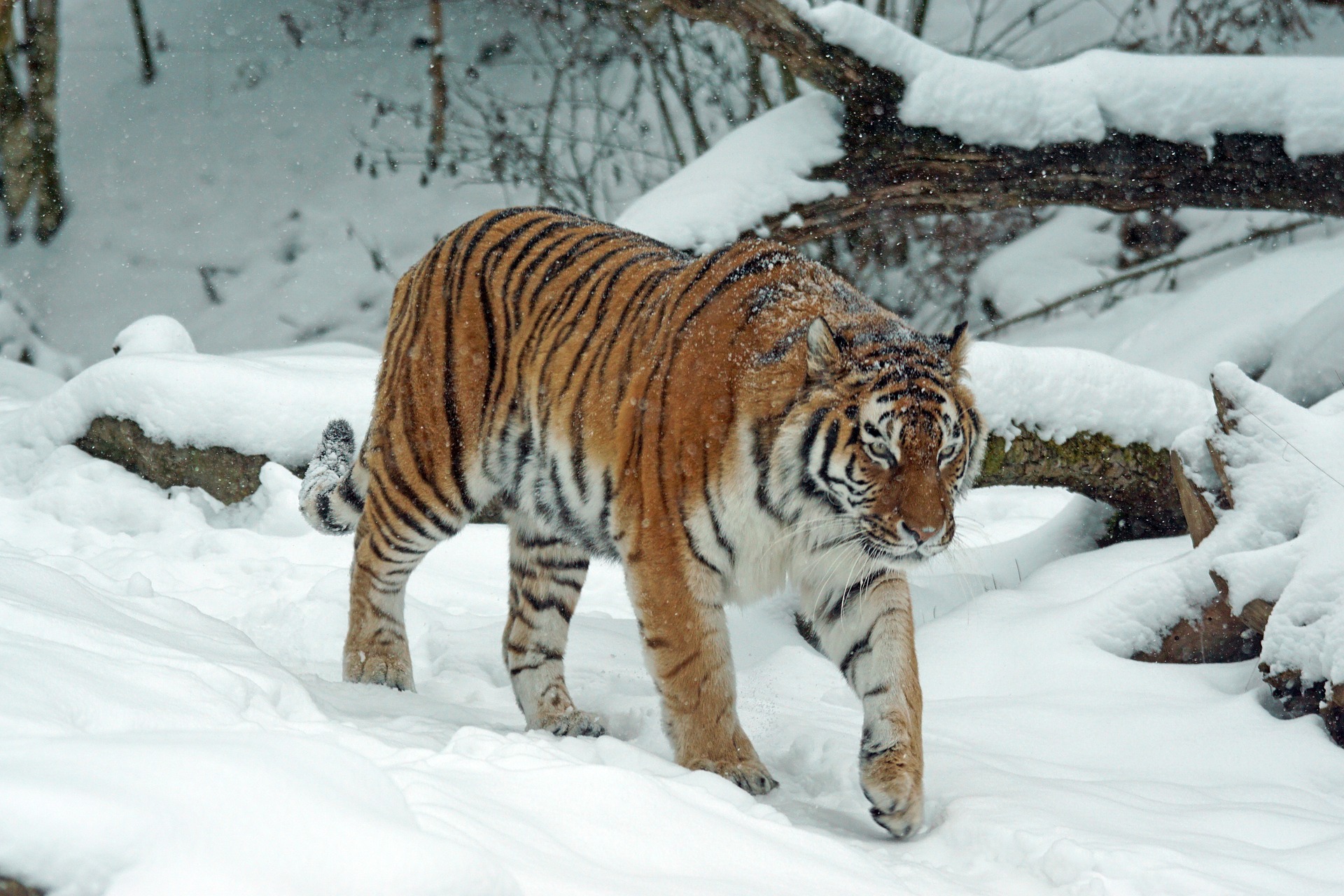
Habitat and range of the Siberian tiger The Siberian tiger, also known as the Amur tiger, is a subspecies of tiger native to the Russian Far East. It is one of the largest and most magnificent cats in the world, and its distinguishing features are its thick fur, paler than that of other tigers, and its stripes, which are wider and more widely spaced.









